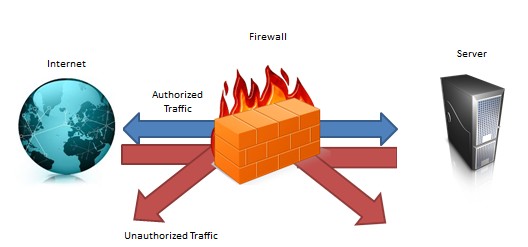I recall back in 2009, I gave a presentation on the importance of risk management in IT, and how having strong technical controls such as proxy gateways will help alleviate network security risks. At that time, I was the head of APAC Services for BlueCoat Systems, a Silicon Valley company specialising in proxy and WAN optimisation technologies.
Someone then asked me, “Why not we just transfer all our cyber risks to someone else?”
I was pitching a sale, but I was a terrible salesman. So we engaged in an interesting discussion on the case for “cyberinsurance”. Back in 2009, my argument was pretty simple: there were limited ways to measure cyber risks. Unlike life insurance or health, where you had historical records, I can safely say, a majority of cyber breach will go either unreported or unknown. Would anyone insure a company when they did not know if that company was currently hacked, has been hacked, or has been compromised without knowing? Or how would they cover if the company purposely gets hackers to hack their system to claim their insurance? There were too many variables.
Fast forward 4 years and cyberinsurance is still met with a mixture of disdain, disbelief and skepticism. But the numbers show that in the past 4 years, the alarming increase of cyber threat incidents gives the thought of cyberinsurance new legs to run on.
In our Twitter, we list out security issues in the wild wild Cyberspace. Over the years, we’ve seen behemoths like Facebook, Google, NASA, BoA, Sony, Samsung, Amazon, Yahoo, Microsoft…you know what, just throw in Lockheed, RSA, the government of the United States and every big company you can think of…all have their own variance of security incidents, either dealing with data confidentiality breach, integrity compromise or availability issues. According to the article on Wall Street Journal, most of the data breach occurs at SMBs.Those are reported cases. God knows how many dormant trojans, worms and hidden malware were there, systematically sucking information from insecure devices in small businesses or gearing up for a massive zombie DDOS attack on large companies on New Year’s Eve.
Perhaps it’s time to rethink the need for Cyberinsurance.
In PKF Avant Edge, we’ve been engaged on a number of data forensics projects. All these happened after a data breach or suspected fraud in the company. One of the questions we get asked is: “How much does it cost?”
Getting IT forensics experts is not cheap, although we’re quite certain we offer the lowest and most cost effective, qualified consultation in the market. But we’re still more expensive than the Low Yat guy that runs a freeware data recovery tool. Low Yat is this huge computer selling mall in Kuala Lumpur. The problem with these attempts (and boy, have we seen these so many times), is that it’s a hack job that doesn’t hold up in court. Anti-forensics dictate that qualifications, tools and methodologies must be in place. Tell that to Mr Low Yat.
But instead of bearing the cost of after-breach investigation, why not have cyberinsurance to cover instead?
Of course, the golden question here is, what should cyberinsurance at least cover? Followed by equally important and mind stumping questions like: How much premium to charge? What should NOT be covered?
One way to demystify the technical jargons from IT is to look at cyberinsurance as…an Insurance. Before approving a policy, what does a policy cover? Based on that individual, how much premium to charge?
Cyberinsurance should at least cover the following:
1) Data confidentiality and Integrity Risks – regulatory fines such as PDPA, PCI-DSS; forensic costs and investigation costs; PR costs and summonses, consequent security audits; third party claims and expenses. It’s pretty hard to cover the actual data loss since quantifying it to a dollar value is so subjective, but there could be a possibility, for instance the intellectual property of Apple was quantified to a billion. Ask Samsung.
2) Availability Risks – loss of business based on website downtime; DDOS incidents and virus attacks; incident response costs; IT specialists cost for post-attack cleanup and monitoring; PR costs. This should be focused on companies that depend a lot on their websites for their business. If hacked, what is the loss to the business?
Cyberinsurance is still at a very, very young stage. However, we’re going to see an exponential progress in technology in the next 3 years, faster than the last 10 years. Big Data, Virtualisation, Cloud technology. IT will be so soaked into every business that companies will have no choice but to leverage on IT to not just differentiate, but to basically survive. And with IT adoption comes the risks of running IT. Like in nature, the conditions of the environment are just about right for cyberinsurance to become the next step in the evolution of the insurance industry.

